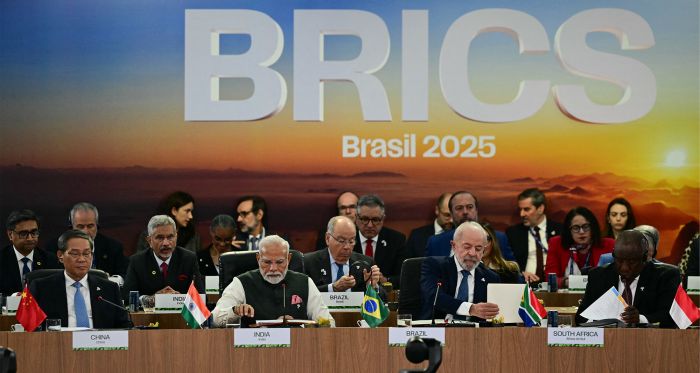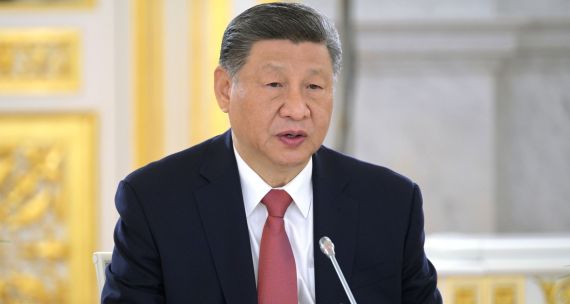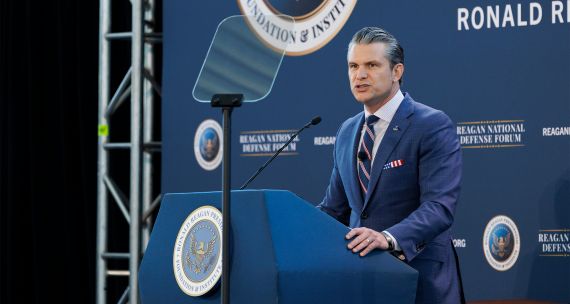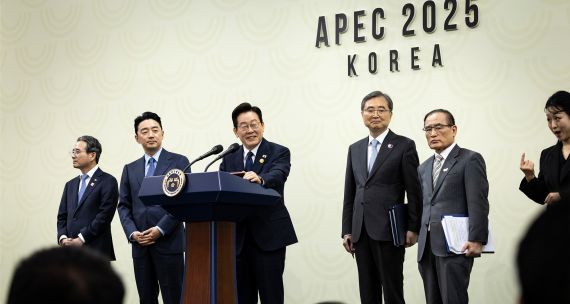À retenir
Le 17e sommet des BRICS, qui s’est tenu à Rio de Janeiro, au Brésil, les 6 et 7 juillet 2025, a marqué le premier grand rassemblement du bloc élargi, qui compte désormais 11 membres : les 5 membres initiaux (le Brésil, la Russie, l’Inde, la Chine et l’Afrique du Sud) et les nouveaux venus que sont l’Égypte, l’Éthiopie, l’Indonésie, l’Iran, l’Arabie saoudite (qui n’a pas encore officiellement accepté de devenir membre) et les Émirats arabes unis. Ils ont été rejoints au Brésil par 10 « pays partenaires », dont la Malaisie et le Vietnam.
Le sommet s’étant tenu quelques jours avant la date limite du 9 juillet fixée par le président américain Donald Trump pour les « droits de douane réciproques », les pays des BRICS ont serré les rangs pour repousser la menace tarifaire et ont cherché à se présenter un front uni sur des questions clés telles que les conflits mondiaux, l’intelligence artificielle (IA) et les minéraux critiques. Cependant, malgré les déclarations d’unité, les États membres poursuivent des stratégies divergentes dans leur façon de négocier avec l’administration Trump. Par ailleurs, les divergences entre les pays membres des BRICS persistent également sur des questions telles que les conflits mondiaux, la réforme de l’ordre multilatéral et les minéraux critiques.
En bref
- Le bloc élargi des BRICS représente près de la moitié de la population mondiale et environ 40 % du PIB mondial, comparativement à 28 % pour le G7.
- Pour la première fois depuis son entrée en fonction, le président chinois Xi Jinping n’a pas participé au sommet, manquant ainsi une occasion de présenter la Chine comme un contrepoids à la puissance américaine. Il a été représenté par le premier ministre Li Qiang. Le président russe Vladimir Poutine y a assisté virtuellement, étant donné qu’il fait l’objet d’un mandat d’arrêt de la Cour pénale internationale pour des crimes de guerre présumés commis en Ukraine.
- Signe du mécontentement à l’égard des droits de douane imposés par le président américain Donald Trump, dans sa déclaration commune, le groupe a exprimé ses préoccupations à l’égard « des droits de douane unilatéraux et des mesures non tarifaires qui faussent les échanges et sont incompatibles avec les règles de l’OMC », sans toutefois nommer directement les États-Unis.
- Le sommet a donné lieu à une déclaration distincte des dirigeants sur la gouvernance inclusive de l’IA et à une feuille de route pour la coopération énergétique. Il a aussi mis l’accent sur la création de chaînes d’approvisionnement en minéraux critiques équitables et résilientes.
- La déclaration commune a toutefois évité les références passées du bloc au commerce en monnaies locales, une possible contestation de la domination du dollar américain. Néanmoins, à la suite de la déclaration du groupe sur les droits de douane, le président Trump a signalé que les pays qui adopteraient des « politiques anti-américaines » se verraient imposer des droits de douane supplémentaires de 10 %. Le président brésilien Luiz Inacio Lula da Silva a réagi en déclarant que le monde ne voulait pas d’un « empereur ».
Conséquences
Bien que la déclaration commune comprenne une critique voilée des droits de douane imposés par Trump, exprimant sa désapprobation face à la « prolifération des mesures de restriction commerciale », il semble peu probable que les membres présentent un front uni pour s’y opposer. Chaque pays poursuit des négociations bilatérales délicates avec l’administration américaine afin de parvenir à un accord commercial avant la date butoir du 1er août. Alors que le sommet aurait pu être un moment clé pour forger une action coordonnée et démontrer que les BRICS peuvent offrir un contrepoids à l’ordre commercial dominé par les États-Unis, son principal résultat a été une série de déclarations non accompagnées d’un plan concret d’action unifiée.
Lors du sommet de Rio, les BRICS ont souligné la nécessité de préserver le système commercial multilatéral, qui est menacé par les droits de douane imposés par Trump. Le bloc a également appelé à des réformes du Conseil de sécurité des Nations unies, de l’Organisation mondiale du commerce (OMC) et du système de gestion monétaire de Bretton Woods, et a exprimé son soutien à la candidature de l’Iran à l’OMC. Malgré ces déclarations, les États membres ont des points de vue divergents sur la manière de réformer l’ordre international. En outre, comme les pays du BRICS réagissent indépendamment – plutôt que collectivement – au défi posé par les droits de douane américains, ils semblent donner la priorité à leurs intérêts nationaux au lieu de travailler ensemble à la construction d’un cadre multilatéral réformé.
Si le bloc a condamné les frappes militaires sur l’Iran, la poursuite des attaques israéliennes sur Gaza et la récente attaque terroriste dans la région du Cachemire en Inde, les membres ne s’entendent pas sur la manière de dénoncer les actions américaines et israéliennes en Iran et à Gaza.
Prochaines étapes
- Quels pays des BRICS sont sur le point de parvenir à un accord commercial avec les États-Unis?
Aucun pays des BRICS n’a finalisé d’accord commercial avec les États-Unis. Beijing est arrivée à un cadre commercial provisoire avec Washington en juin, mais la trêve reste fragile, la date limite du 12 août se rapprochant pour la conclusion d’un accord formel afin d’éviter de nouveaux droits de douane. De plus, c’est dans un contexte de tensions commerciales croissantes que Trump a annoncé des droits de douane élevés pour le Brésil (50 %), à la suite d’une prise de bec publique avec le président Lula, et l’Afrique du Sud (30 %). Ces nouveaux droits de douane entreront en vigueur le 1er août.
Toutefois, New Delhi semble être la favorite. Un accord commercial provisoire avec Washington serait sur le point d’être conclu, bien que des secteurs clés – comme le secteur indien de l’agriculture, fortement protégé – restent sujets à controverse. Alors que l’Inde se prépare à assumer la présidence des BRICS en 2026, elle continue à jouer les équilibristes : elle projette son leadership au sein des pays du Sud tout en évitant toute rhétorique de dédollarisation afin d’éviter les frictions avec Washington.
- Les minéraux critiques deviennent un domaine clé de collaboration et de concurrence
Si les dirigeants des BRICS se sont engagés à collaborer dans le domaine des minéraux critiques, des divergences importantes persistent entre les principaux membres, en particulier entre la Chine et l’Inde, deux pays en proie à une rivalité régionale et à un différend frontalier non résolu. Le premier ministre indien Narendra Modi a dénoncé la transformation des minéraux critiques en « arme » lors du sommet de Rio, à la suite de l’imposition par Beijing de restrictions à l’exportation de terres rares vers l’Inde. En résistant aux tentatives de coercition économique et de manipulation des prix de la Chine, New Delhi s’est rapproché des initiatives occidentales. Alors que l’Inde recherche des sources sûres et stables de minéraux critiques, un partenariat avec le Canada, qui se positionne comme un acteur clé dans le secteur des minéraux critiques, présente un fort potentiel.
Les acteurs mondiaux se disputant les débouchés commerciaux, les partenariats et les investissements dans ce secteur, la concurrence et la collaboration sont susceptibles de façonner leurs stratégies économiques et diplomatiques.







